The temple in the ancient Greek world was perhaps the most recognisable building in the urban landscape. Typically constructed in an eye-catching location using the finest of marble, they were the focus of Greek religious practices and could house magnificent treasures and monumental stautes of the Greek gods on the inside and display some of the greatest of Greek sculpture on the outside. Built wherever the Greeks colonized across the Mediterranean world, they would go on to influence the Romans and, even today, their architectural features can be seen across the world in all manner of public buildings. To read more on temples see Ancient History Encyclopedia’s definition, Temples in the Ancient World.
Temple of Apollo, Naxos
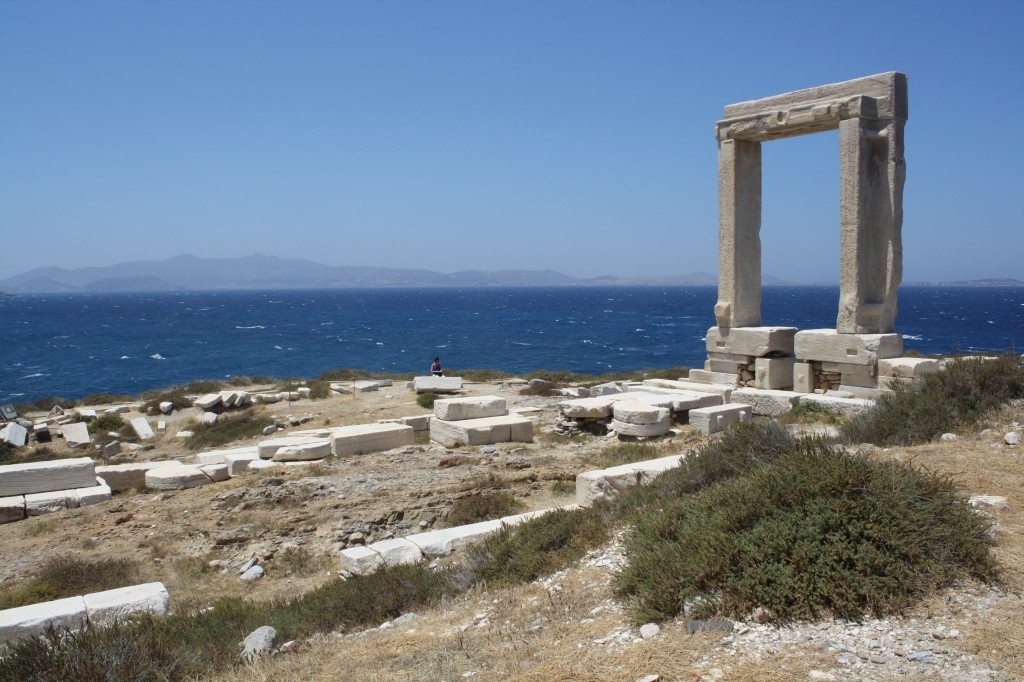
The remains of the foundations, crepidoma and doorway leading from the prodromos to the cella of the 6th century BCE temple of Apollo on Naxos in the Cyclades. The doorway is 6m high and 3.5 m wide. The temple itself, as indicated by its surviving foundations, measured some 59 by 28 metres.
Temple of Apollo, Corinth
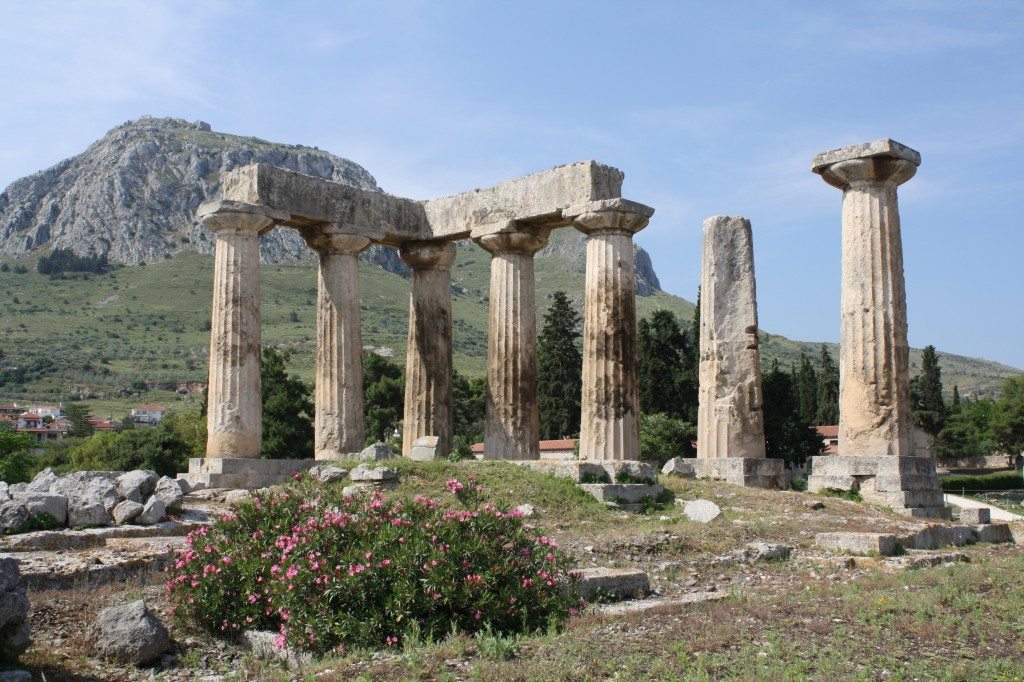
The remains of the archaic temple of Apollo, Corinth (550-530 BCE). Originally, there were 6×15 Doric monolithic columns.
Temple of Hera, Selinus
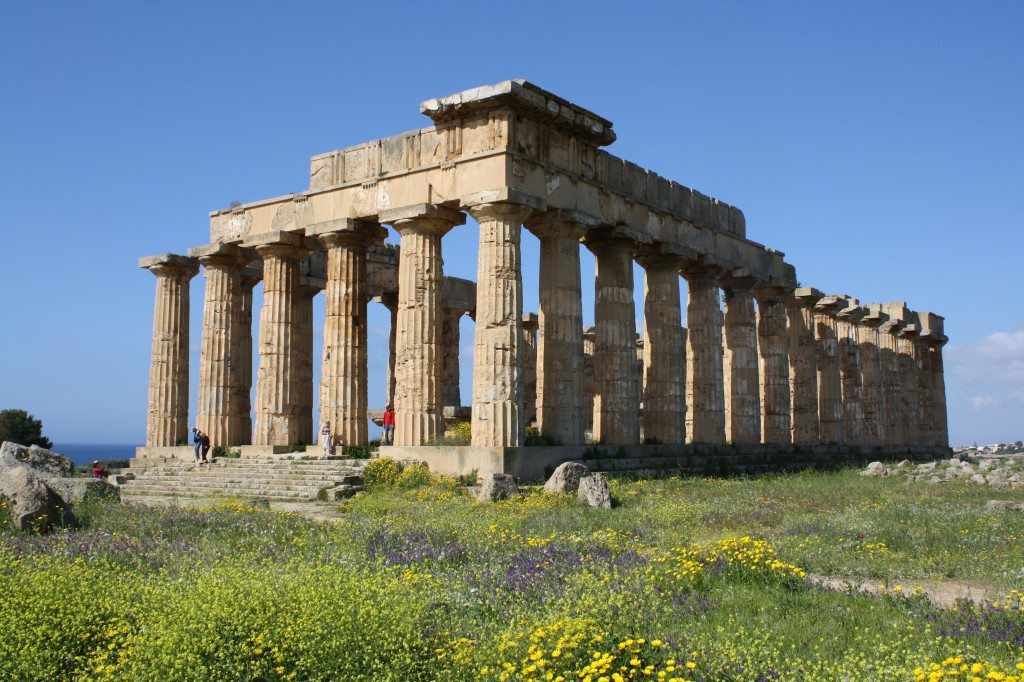
The Temple of Hera (aka Temple ‘E’), from Selinus (Selinunte) in Sicily. The temple was dedicated to Hera in the 5th century BCE.
Temple of Olympian Zeus, Athens
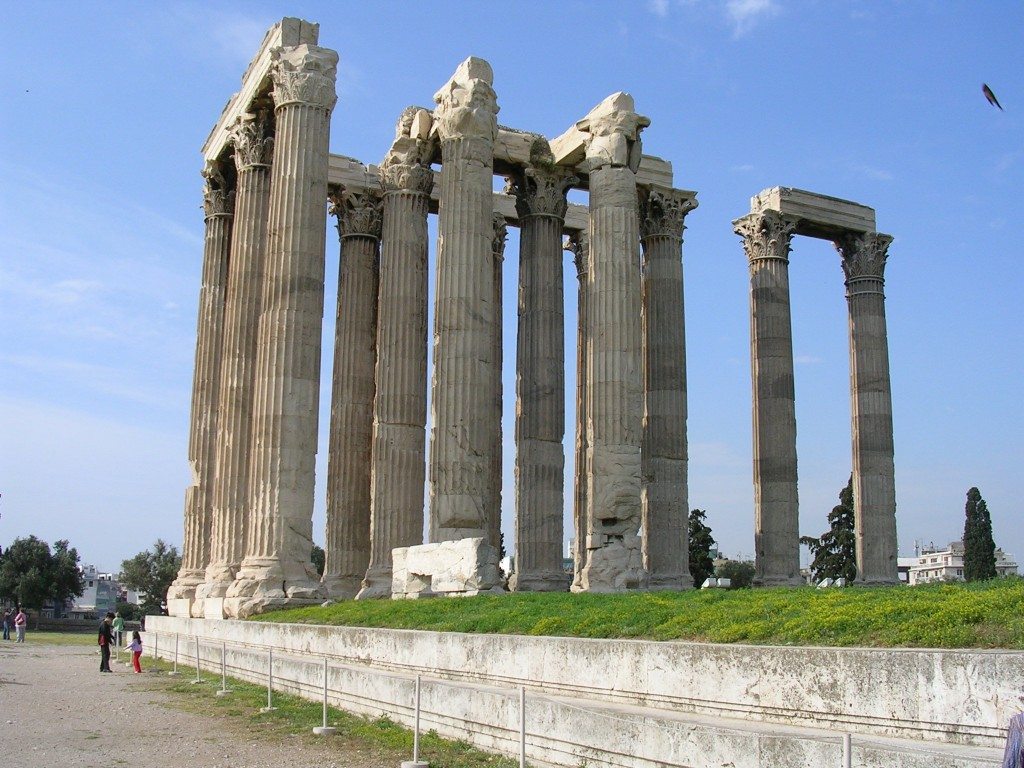
The remaining Corinthian columns of the 5th century BCE temple of Olympian Zeus, Athens. It was not actually completed until the 2nd century CE.
Temple of Concordia, Agrigento
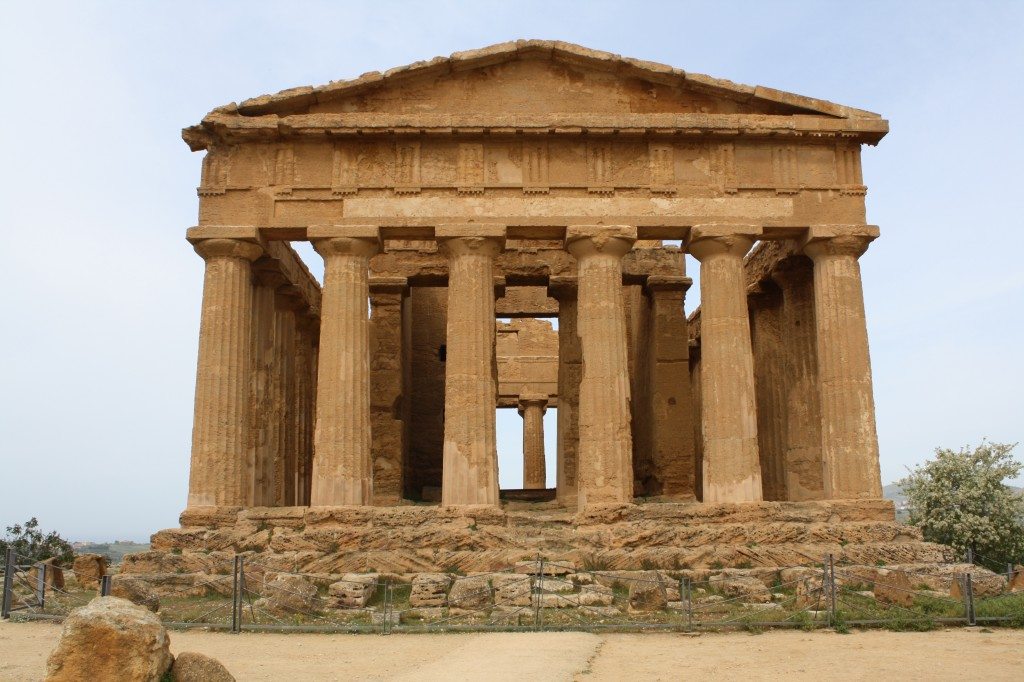
The Temple of Concordia, Agrigento, Sicily. The temple, in Doric style, was constructed between 440 and 430 BCE and had 6 columns on the facade and 13 along the sides. It is one of the best preserved Greek style temples in the Mediterranean.
Temple of Poseidon, Sounion
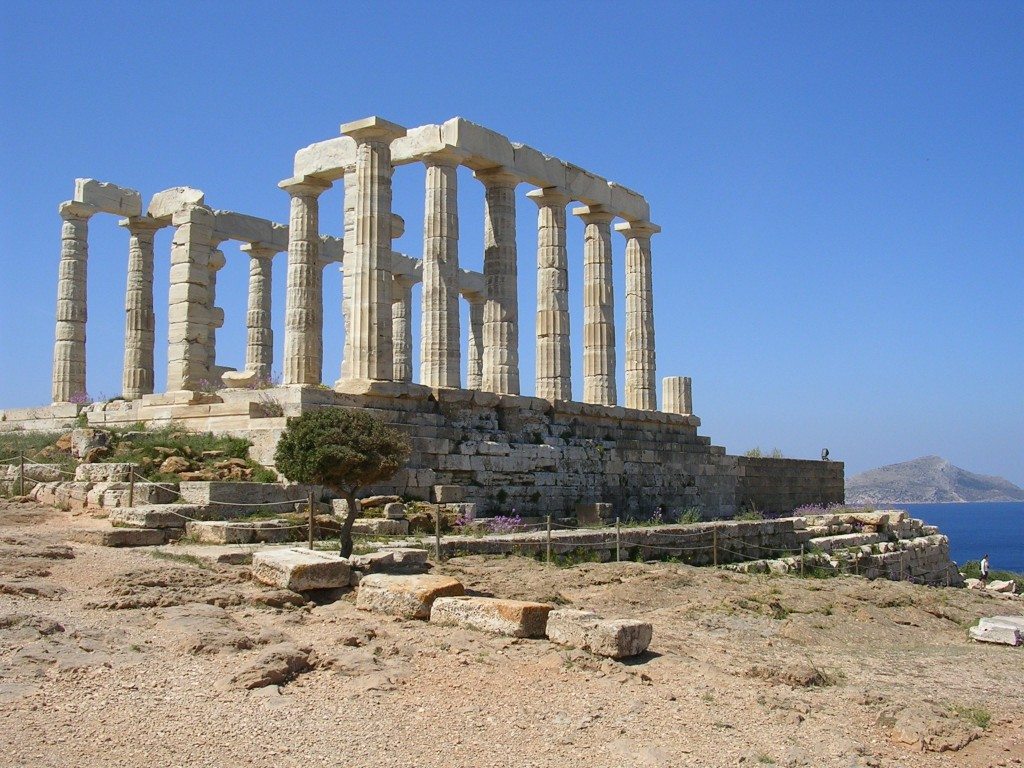
Temple of Poseidon (444-440 BCE), Sounion, Greece. With 6 columns on the façades and 13 on the long sides, each has only 16 flutes rather than the usual 20, perhaps in an attempt by the architect to reduce weathering in such an exposed site.
Erechtheion, Acropolis, Athens
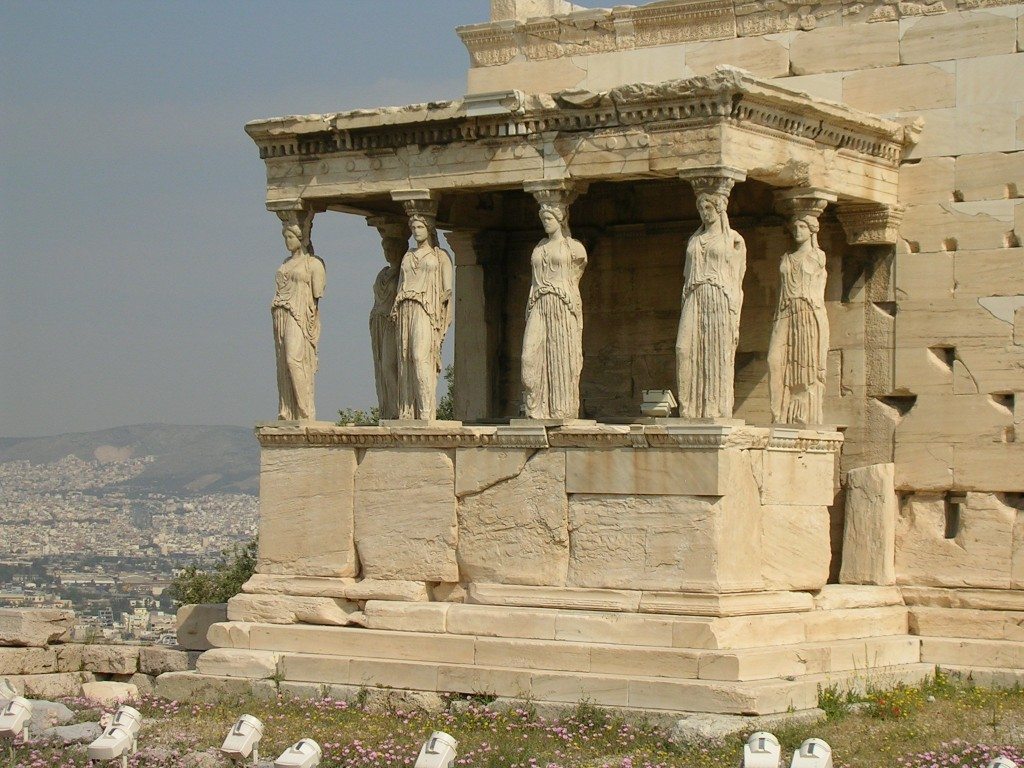
The 5th century BCE Erechtheion, the Acropolis, Athens. The famous south porch had six caryatids and the temple stored the sacred wooden statue of Athena.
Doric Temple of Segesta
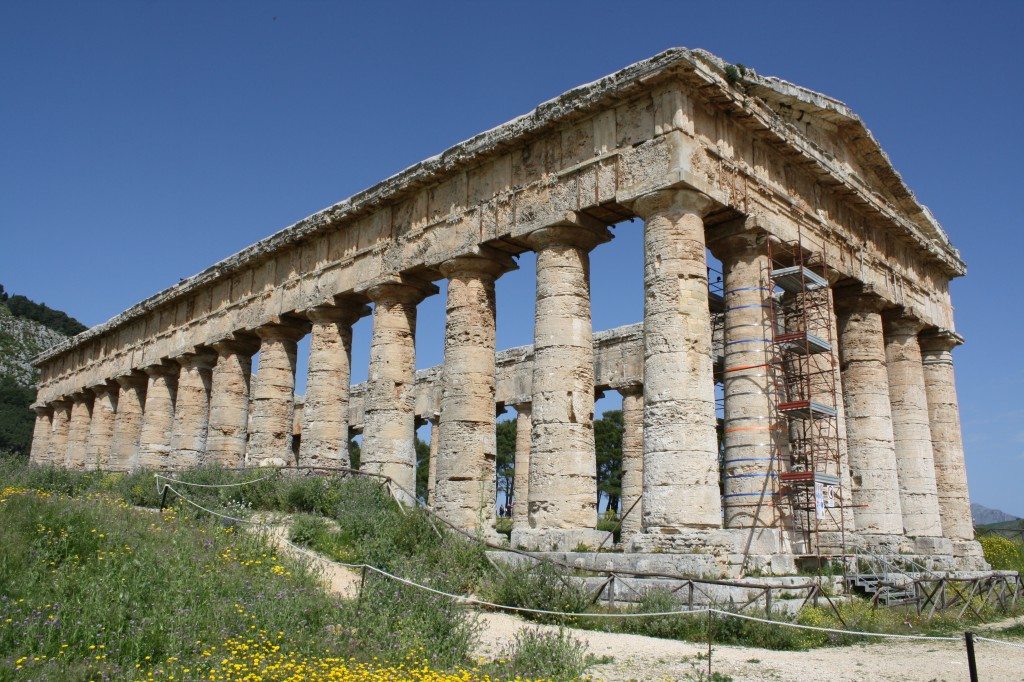
The Doric temple of Segesta, north-west Sicily. The temple was built c. 417 BCE in dedication to an unknown deity.
All images were taken by the author and can be seen on the Ancient History Encyclopedia website.
